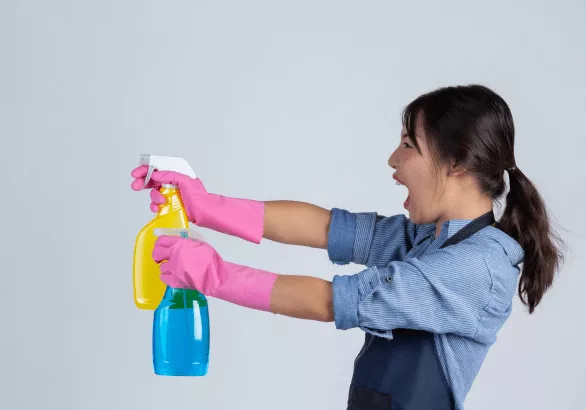While there has been much focus in the media on businesses deciding to continue with home working for many of their employees, the fact remains that the majority of us will be returning to a workplace of some kind. Whether it’s an office, factory, warehouse, shop or hospitality venue, there will likely be a large number of shared spaces and shared interactions involving shared objects and surfaces.
According to the WHO (World Health Organisation), when someone who has COVID-19 coughs or exhales they release droplets of infected fluid, most of which fall onto nearby surfaces and objects. Put this into a workplace context and research tells us that shared objects and surfaces including push-out doors, drawer handles and kitchen equipment such as refrigerators, taps and coffee pots have the highest concentration of germs. So, the more employees that touch them, the higher the risk of contamination and infection.
Another more detailed study by the American Society for Microbiology, looked at the rate at which viruses can spread through the workplace. By placing a sample of a harmless virus on a single doorknob or table-top in an office building, researchers found that the first area to be contaminated was the coffee break room. Within two to four hours, the virus could be detected on 40% to 60% of workers, visitors and commonly touched objects.
For a virus to actually become harmful, it must be brought into the body. Until the COVID-19 pandemic, few of us understood just how easily this can happen. We now know that we typically touch our faces on around 25 times an hour and that it is areas such as our nose, eyes and mouths where viruses most frequently enter the body.
Given these facts, we can now appreciate more than ever, the need to prioritise hand sanitisation to reduce the risk of contamination, particularly in the workplace. While it may not be practical or realistic to expect employees to wear face coverings in many work situations, ensuring thorough hand cleansing and regular cleaning of frequent touchpoints will considerably reduce the spread of viruses. Furthermore, by locating permanent touch-free hand sanitisation stations at workplace entry points viruses can be prevented from entering a building via hands in the first place.
*The Steriloc Hand Sanitisation Systems range from £898 – £2,500 per unit and cost less than 1p per dispense. They are robust, vandal resistant and come with a 12-month guarantee. Apart from the Steriloc Shield, all models can be data enabled for auto-notifications when sanitiser levels are low.
Credited to the Author: M. Girdwood on behalf of Steriloc Ltd.
For more information or a quote on Steriloc Products contact:
Quality Essential Distribution Ltd
Tel: 01772 336 111
Email: sales@qedgroup.co.uk

